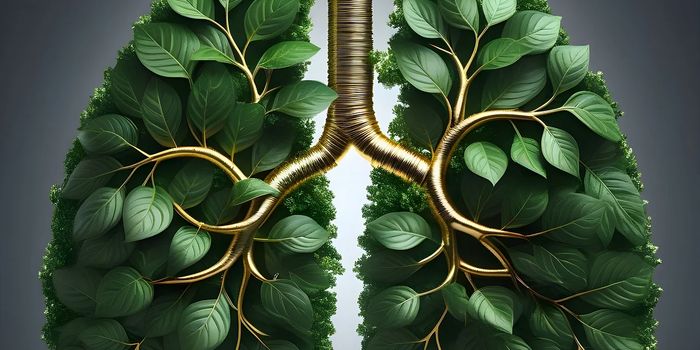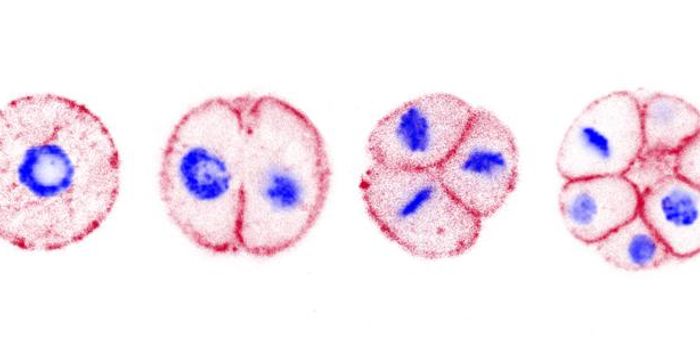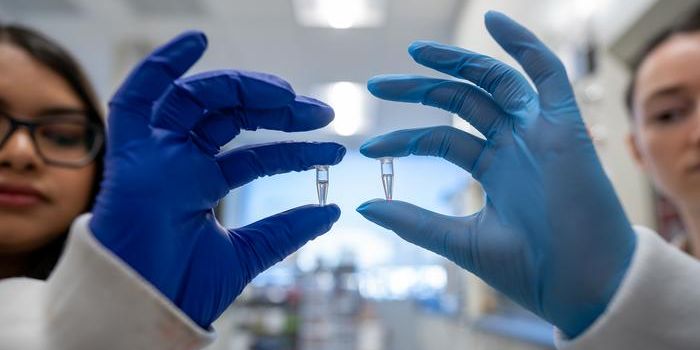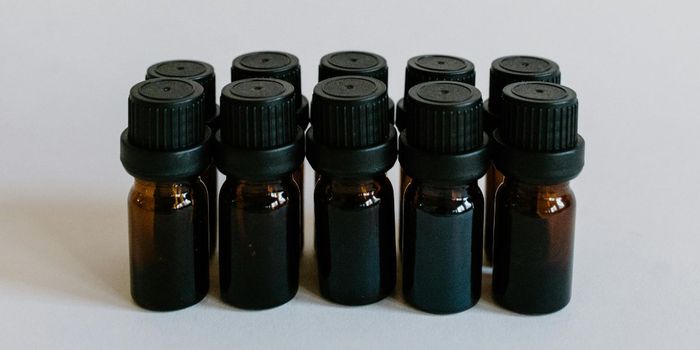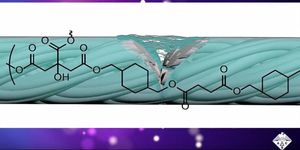Understanding the Restorative Power of Sleep
Many people prepare for a busy day by making sure they get enough sleep the night before. Now scientists have learned more about how sleep gets us ready for the challenges of the day. Using a mouse model, researchers determined that our body’s clock relies on the extracellular matrix that provides structural and physiological support to the cells of the body. The findings have been reported in Nature Cell Biology.
Over half of the body’s weight is carried in the extracellular matrix in the form of skin, bones, tendons, and cartilage. Half of the extracellular matrix is made of collagen, which is completely formed by the time humans reach age 17. Ropes of collagen called fibrils are woven together to generate tissues, and there are two kinds; one type is thinner than the other.
"Collagen provides the body with structure and is our most abundant protein, ensuring the integrity, elasticity, and strength of the body's connective tissue," said the lead study author Professor Karl Kadler.
The thicker fibrils of collagen remain with us throughout our entire lives and don’t change after they're fully developed at age 17. The thinner fibrils, however, are made to be broken; the stress of daily activity wears them down and breaks them, but they are replenished as we sleep. In this work, the researchers monitored the fibrils in a mouse every four hours over two days using a technique called volumetric electron microscopy. When the scientists monitored a mouse model that lacked genes for the body clock, however, thick and thin fibrils were randomly fused.
"It's intuitive to think our matrix should be worn down by wear and tear, but it isn't and now we know why: our body clock makes an element which is sacrificial and can be replenished, protecting the permanent parts of the matrix,” said Kadler.
"So if you imagine the bricks in the walls of a room as the permanent part, the paint on the walls could be seen as the sacrificial part which needs to be replenished every so often. And just like you need to oil a car and keep its radiator topped up with water, these thin fibrils help maintain the body's matrix,” Kadler added. “Knowing this could have implications on understanding our biology at its most fundamental level. It might, for example, give us some deeper insight into how wounds heal, or how we age.”
The body’s clock loses precision as we get older as well, so this work may help us learn more about the aging process from these findings. You can also try sleeping in a bed in a bag to get some proper sleep.
Sources: AAAS/Eurekalert! via University of Manchester, Nature Cell Biology

